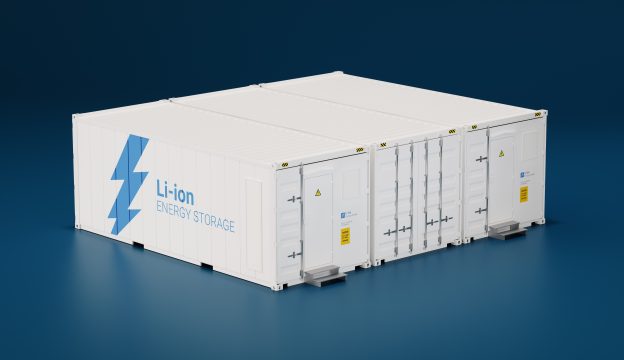Countries and regions around the world, including Taiwan, have vowed to achieve net zero carbon emissions by 2050. However, Taiwan is an important center of the semiconductor and electronics industries. While increasing the use of green electricity, saving energy and reducing carbon, it is also facing the challenge of industrial transformation.
In order to resolve the global warming crisis, on Earth Day last year, the President promised for the first time in her public speech that "net-zero transition is also Taiwan's goal." On March 30 this year, the Executive Yuan finally officially announced the "2050 Net-Zero Emission Roadmap and Strategy General Description" report and also jointly put forward suggestions for the report group.
Green Citizens Action Alliance, Taiwan Environment & Planning Association, Environmental Rights Foundation, Homemakers United Foundation, and Citizen of the Earth, Taiwan jointly organized an online forum on "Taiwan Net Zero, Finding the Way Together: How Taiwan Moves towards Net Zero Emissions." including NGOs, experts and scholars, green energy industry, legislators, and government representatives, seeking social dialogue.
Tsai Hui-sun, director of Citizen of the Earth, Taiwan, talked about the transformation of TSMC's presence in Kaohsiung's manufacturing sector and proposed that companies with high environmental standards be invited which will help reduce pollution and spur other environmental improvements. TSMC's annual increase in electricity consumption is 3.398 billion kWh, accounting for 11% of Kaohsiung's electricity consumption and 60% of residential electricity consumption. Although efficiency has improved and energy density reduced, the total is still increasing. In the future, the industry needs to solve the issues of green electricity and how to deal with waste
Tsai Hui-sun believes that with the expansion of the manufacturing sector, achieving the net zero goal requires clearer inventory and planning and the semiconductor industry also needs longer-term policies on water resources, power supply, and the environment. Chair of the Taiwan Environment & Planning Association, Chao Chia-wei, also explained that 2050 may seem very far away, but for the industry, 2050 is actually tomorrow because processes laid out now will be in effect all the way to 2050 and more than half of all energy-consuming equipment will entering a replacement cycle in 2035. Thus, decisions over the next 10 years are critical to achieving the net zero goal.
He believes that industrial transformation requires clear economic incentives such as short-term carbon fees and long-term carbon taxes with the upstream, midstream, and downstream hand in hand, where the upstream develops hydrogen energy infrastructure, the midstream develops efficiency standards and carbon pricing, and the downstream can use low-carbon raw materials. Look for upstream industries that meet low-carbon standards, and finally connect them in series.
Deputy Minister of Economic Affairs Vincent Tseng responded that carbon reduction is already a real problem that enterprises have to face. In the past, prices were the most important signal affecting the operation of the market and carbon emissions in the future will also become a key signal affecting enterprise investment. Reduce carbon in Taiwan, including in the steel industry, petrochemical industry, and other difficult-to-reduce industries, and achieving a better material cycle in the semiconductor industry will all be the focus of the government's future planning and deployment.
Minister without Portfolio and Minister of National Development, Kung Ming-hsin attended the forum and responded that, for the renewable energy, civil society modeling requires renewable energy to account for 80%-90% by 2050 but the current government's target is 60%-70%. The goal of massively developing renewable energy is very clear and the government needs to work hard to overcome constraints to make such a vision possible. Another major challenge is maintaining the stability of electricity. The stability of energy storage and the power grid is a very important task in the next ten years. If it is not done well, there will be more challenges in promoting renewable energy. This is a clear goal that needs to be achieved in the short-term.
(Image: TechNews)







